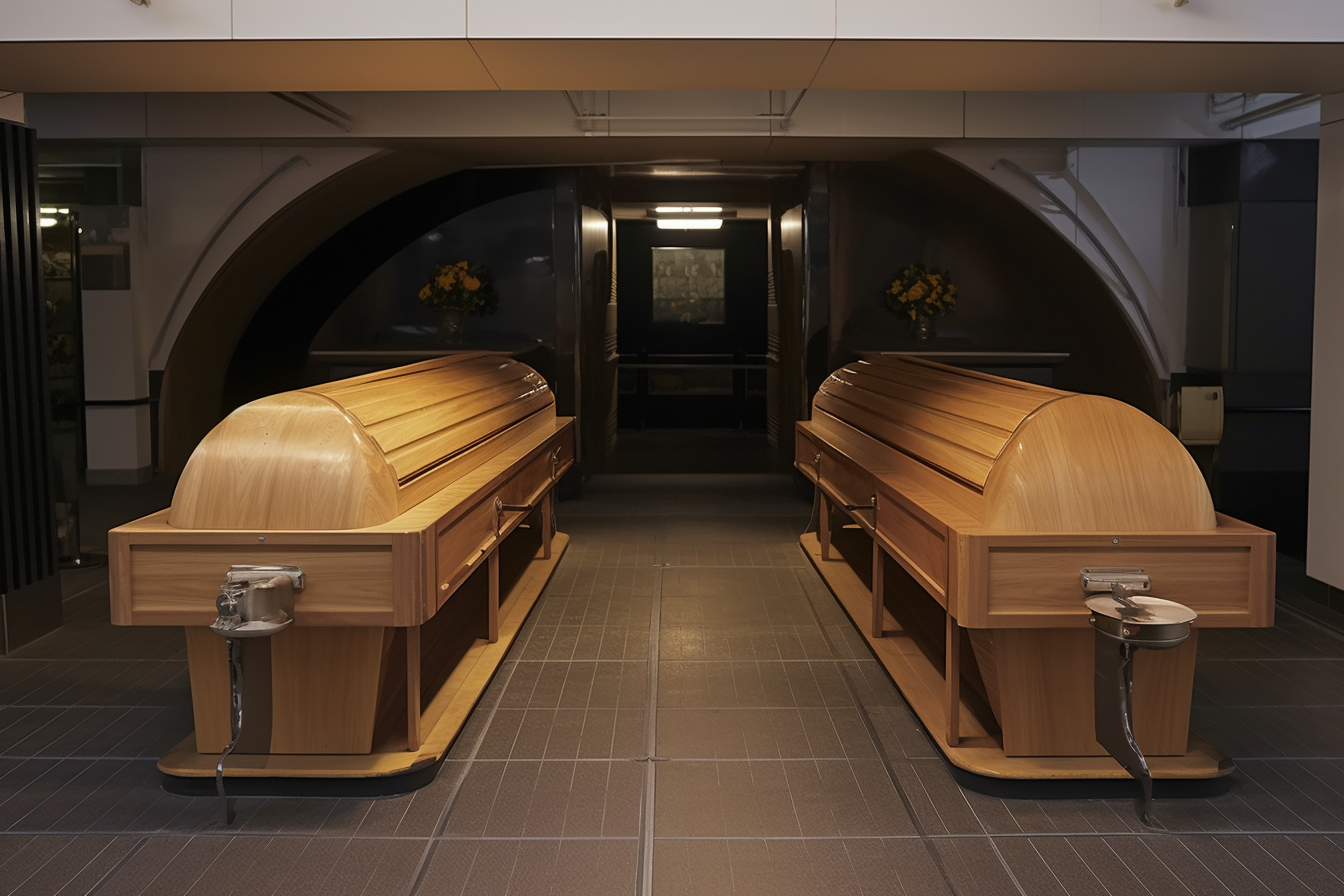Comprehensive 2025 Guide to the Cremation Process and Ashes Handling in the United Kingdom
Cremations now account for more than 70% of UK funerals. Understanding the cremation process and how ashes are handled can offer clarity and comfort. This 2025 guide outlines each stage—from arrangements and paperwork to preparation, cremation, and options for collecting or scattering ashes.

Verifying Identity and Completing Required Documentation
The cremation process starts with confirming the deceased’s identity. This essential step ensures that the correct individual is honoured and treated with respect throughout. Funeral professionals securely attach a unique identity tag to the wrist or ankle of the deceased. Simultaneously, all necessary paperwork—including the death certificate and cremation authorization forms—must be finalised before moving forward.
This meticulous documentation prevents mistakes and ensures ashes are handled in accordance with the family’s instructions.
Respectful Body Preparation for Cremation
Before the cremation, the body is treated with dignity and care. It is carefully washed and cleaned, and families have the option to dress their loved one in personal clothing or a simple robe provided by the funeral home. Unlike burial, embalming is infrequently necessary for cremation in the United Kingdom, supporting more environmentally conscious practices by avoiding additional chemical use.
This stage honors personal and cultural preferences while promoting an eco-friendlier approach.
Transporting to the Crematorium and Cremation Options
Following preparation, the deceased is placed in a coffin designed specifically for cremation purposes. These coffins are completely combustible and securely sealed to maintain safety and dignity throughout the process. The coffin is then respectfully conveyed to the crematorium.
Families can select either an attended cremation, where a funeral service is held in the crematorium chapel before the procedure, or a direct cremation, which occurs without a service or mourners present. Both options cater to different needs and wishes.
What Occurs During the Cremation Process?
The coffin stays sealed and is positioned inside a specialist cremator—an oven engineered to achieve very high temperatures. The cremation generally lasts between two and three hours. During this time, the intense heat reduces the coffin and body to ashes.
Crucially, the deceased is never in direct contact with flames, which ensures dignity and safety throughout. The gradual nature of the process maintains respect for the individual from beginning to end.
Processing and Handling Ashes Post-Cremation
Once cremation is complete, the ashes are allowed to cool naturally before being collected by a cremation assistant. Any residual impurities, such as fragments from coffin fittings, are carefully removed. The ashes then pass through a cremulator—a machine that grinds them into the fine powder commonly recognised as ashes.
These refined ashes are placed into a labelled container or urn, ready either for collection by the family or for scattering arranged by crematorium staff.
Options for Ashes Collection and Final Disposition
Families have multiple choices regarding their loved one’s ashes. They may take the ashes home in an urn or container for safekeeping. Alternatively, ashes can be scattered at meaningful locations, including private land, gardens of remembrance at crematoria, or chosen natural sites.
Ashes can also be interred within family graves if that aligns with personal or cultural practices.
Legal and Environmental Guidelines on Ashes Scattering in the UK
United Kingdom laws provide broad freedom for scattering ashes but some regulations apply:
- Scattering ashes on private land is permitted if the landowner gives permission or if you own the land.
- No permission is needed to scatter ashes over bodies of water such as seas and rivers.
- Permission must be secured from landowners before scattering on public or private property not owned by family.
- Many cemeteries allow ashes scattering but may have designated zones or require permits.
- Environmental concerns, especially in protected or conservation areas, need to be respected.
These rules ensure that the chosen resting place is both lawful and respectful.
Offering Support to Families Through the Cremation Experience
Numerous funeral service providers across the United Kingdom offer extensive support, including 24/7 assistance for collecting and caring for the deceased, managing paperwork, and organising funeral arrangements. They also advise families on suitable ashes handling and scattering options, ensuring dignity and compassion remain paramount.
Pre-Planning and Funeral Service Alternatives
Funeral plans allow individuals to prearrange their cremation or funeral services, granting peace of mind and reducing future burdens for families. Available options range from simple direct cremations to attended ceremonies, enabling people to select farewells that reflect their personal wishes and values.
Having a clear understanding of the entire cremation process—from preparation to ashes handling—can demystify this widespread practice and assist families in making calm, informed decisions. This knowledge provides reassurance that every stage of cremation in the United Kingdom in 2025 is grounded in respect, care, and legal compliance.
Sources
- Reassured. “Cremation process UK.” reassured.co.uk
- Distinct Cremations. “How is a body prepared for cremation?” distinctcremations.co.uk
- Distinct Cremations. “Everything you need to know about scattering ashes in the UK.” distinctcremations.co.uk
Disclaimer: Pricing, service availability, and regulations may differ by region and provider within the United Kingdom. It is recommended to consult local funeral directors and authorities to confirm current procedures and legal requirements.




